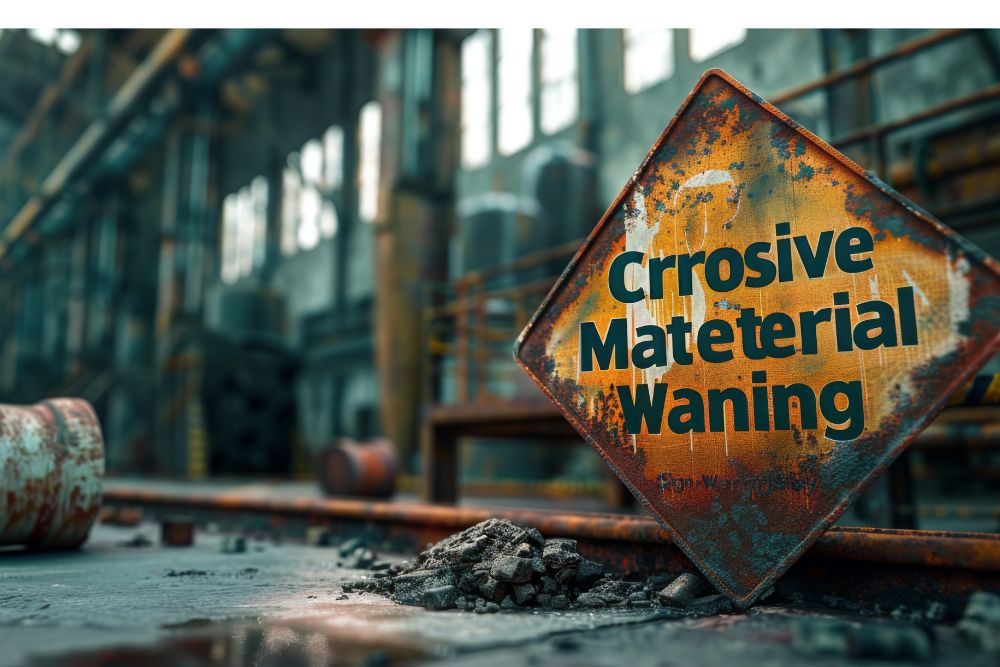Whether Corrosion is a Redox Reaction?
Corrosion is a rather complex chemical process that significantly affects materials utilized in various industries. Being understood in detail about corrosion may help prevent and control it. Redox is the first question: is corrosion a redox reaction? Here are some important tips from the CORCON Institute of Corrosion (CIC) for making things clear on this concept.
Know Redox Reactions
A redox reaction is defined as the process involving electron transfer between two substances. It involves the loss of electrons. To better comprehend the chemical processes that are happening in corrosion, these electron transfers must first be identified. If you now know these definitions, you will have a clearer understanding of how they work in cases of corrosion. Such laid-down knowledge is therefore basic for anyone who finds himself studying or working in materials science or engineering.
Identify the Function of Electrochemical Cells
Corrosion can simply be defined as an electrochemical process, hence basically redox in nature. In the majority of cases, one element is oxidized, or loses some electrons, while another substrate is reduced, in the sense that it gains those electrons. This interaction plays a critical role in forming corrosion products, which sometimes leads to degradation of material. With this relationship in mind, prediction of corrosion rates typically becomes a function of the environmental conditions. Moreover, it accounts for the way different substrates interact with each other in a corroding medium.
Identify the types of common corrosion.
Redox reactions are often related to a number of corrosion types-galvanic, pitting, and crevice. A cell is formed by two dissimilar metals by galvanic corrosion; one metal oxidizes, and the other reduces. Again, knowing these reactions helps you better choose materials and protection schemes. Each corrosion type has distinct characteristics that could influence your strategy in corroding problems. This knowledge can also be used for risk assessment on specific applications.
Environmental Monitoring
Moisture, temperature, and the presence of salts in the environment may influence corrosion mechanisms. These environmental factors can provide an enhanced means for electron transfer that is associated with redox reactions. Monitoring and regulating the environment can effectively control risks related to corrosion. For instance, increased humidity can enhance corrosion rates with the provision of an environment for electron transfer. Preventative measures based on such insights are, therefore necessary to provide long-term integrity of materials.
Conduct Corrosion Testing Methods
Testing with different forms of corrosion can help you identify whether a given reaction is actually a redox reaction or not. Methods such as potentiometry and electrochemical impedance spectroscopy provide valuable understanding regarding the electrochemical behavior of any material. This broadens your understanding not only of the corrosion processes but also of how to truly evaluate the materials. This form of testing would detect corrosion problems way ahead of time so that one might take action.
Preventive Measure
Now that you understand that corrosion is just a redox reaction, it’s easier to identify the more effective prevention techniques. Pre-treatment and cathodic protection by using redox chemistry principles reduces corrosion rates significantly. Make sure these are part of your material protection strategy. There are many other factors besides coatings and inhibitors that will enter into play-the proper selection of materials-and effective implementation of such a strategy will save you time and resources in the long term.
Training and Workshops on Current Developments
The CORCON Institute of Corrosion regularly organizes programs of training, seminars, and workshops on corrosion awareness and control. These education efforts would make you broadened in your comprehension of the mechanisms behind corrosion as a redox reaction and enable you to grapple and solve corrosion-related problems better. Networking could provide opportunities for gaining valuable insights from people with common perspectives. Education is definitely the key to staying ahead in this fast-changing science of corrosion science.
Frequently Asked Questions
Is Corrosion a Redox Reaction?
A redox reaction, short for reduction-oxidation reaction, involves the transfer of electrons between two substances, resulting in the oxidation of one and the reduction of another.
How does corrosion relate to redox reactions?
Corrosion is an electrochemical process that involves the oxidation of metals. In this process, the metal loses electrons (oxidation), while another substance, often oxygen, gains electrons (reduction), thus classifying corrosion as a redox reaction.
What are some common types of corrosion that involve redox reactions?
Common types of corrosion that involve redox reactions include galvanic corrosion, pitting corrosion, and crevice corrosion, all of which can lead to material degradation.
What factors influence corrosion as a redox reaction?
Environmental factors such as moisture, temperature, pH levels, and the presence of salts can significantly influence corrosion processes by affecting electron transfer.
Closing Insights
After recognizing this to be a redox reaction, this really makes a difference in the approach for prevention and control of corrosion. If you know what is happening with the electron transfer in such a reaction, then you can monitor environmental factors, apply the proper protection measures, and defeat corrosion effectively. To further develop this critical know-how and skill, get the resources and training through the CORCON Institute of Corrosion (CIC). Better education and awareness will develop better corrosion management practices and results.
Image Reference: Freepik
Disclaimer: All trademarks, logos, and brand names are the property of their respective owners. All company, product, and service names used in this website are for identification purposes only. Use of these names, trademarks, and brands does not imply endorsement.

